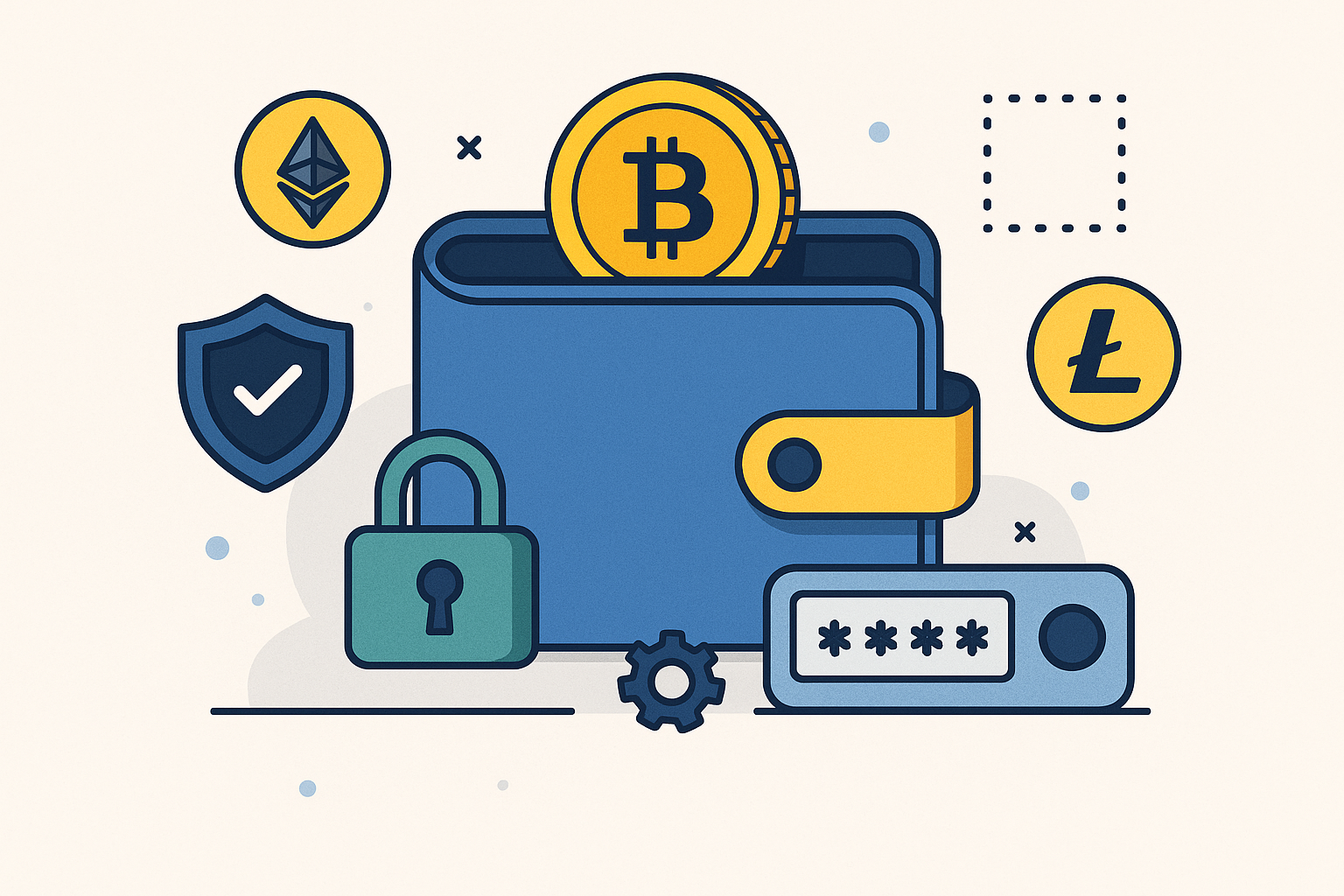Market sentiment remains cautious as Q2 2025 approaches, influenced heavily by mixed signals from regulatory bodies and uncertain macroeconomic forecasts. Despite continued institutional interest, price predictions are more tempered, reflecting the ongoing tension between adoption and regulatory headwinds.
The cryptocurrency market is navigating a complex landscape in early 2025, with price predictions becoming increasingly nuanced amid a confluence of factors. While institutional adoption continues its upward trajectory, regulatory scrutiny and macroeconomic uncertainties are injecting a dose of realism into previously bullish forecasts. This year, the expected surge in Bitcoin driven by increased ETF acceptance hasn’t materialised as smoothly as anticipated, and altcoins are displaying varying degrees of resilience.
Analyst Estimates Diverge as Bitcoin Faces Resistance at $80,000
Bitcoin’s struggle to break past the $80,000 barrier has tempered the more exuberant price targets initially set for 2025. While some analysts still maintain optimistic projections, citing increased institutional inflows and the long-term impact of halving events, others are adjusting their forecasts downward, pointing to persistent inflation and the Federal Reserve’s hawkish monetary policy. The reality is that the path to new all-time highs appears less straightforward than many predicted, with each upward surge met by equally strong resistance.
-
- JP Morgan revised its year-end Bitcoin target from $100,000 to $85,000, citing slower-than-expected retail adoption.
-
- Bloomberg Intelligence analysts remain bullish, predicting Bitcoin to reach $120,000 by the end of the year if ETF inflows continue at the current rate.
-
- Glassnode data reveals a growing number of long-term holders, suggesting a strong belief in Bitcoin’s long-term value despite short-term price fluctuations.
-
- Regulatory uncertainty in the US continues to weigh on market sentiment amid ongoing debates over the classification of digital assets.
Solana’s Ecosystem Thrives Amidst Price Volatility
While Bitcoin’s price struggles garner headlines, Solana’s ecosystem continues to expand, showcasing the potential of altcoins. The network’s high throughput and low transaction fees have attracted a wave of new DeFi projects and NFT marketplaces, creating a vibrant and active community. Despite broader market volatility, Solana’s native token (SOL) has demonstrated relative strength, driven by increasing utility and developer activity. The success of Solana highlights the potential for innovative blockchain platforms to challenge Ethereum’s dominance.
MiCA’s Impact on European Market Structure Takes Shape
With the Markets in Crypto-Assets (MiCA) regulation fully implemented across the European Union since January 2025, the crypto landscape in Europe is undergoing a significant transformation. While MiCA aims to provide clarity and consumer protection, it also introduces new compliance requirements for crypto exchanges and issuers. The long-term effect of MiCA is expected to be positive, fostering institutional adoption and attracting more traditional finance players. However, some smaller exchanges are struggling to meet stringent requirements, potentially leading to industry consolidation. Singapore and Hong Kong continue to compete with Europe for crypto business but are also looking at MiCA for policy cues.
Read Also:BullZilla Presale: BTC Soars, ETH Gains!
Regulators Focus on DeFi as Interpol Cracks Down on Illicit Activities
DeFi is under increased scrutiny from global regulators. Interpol’s recent collaborative crackdown resulted in 83 arrests related to illicit DeFi activities, highlighting the growing concern about money laundering and other criminal uses of decentralised platforms. This pressure has prompted a renewed focus on KYC (Know Your Customer) and AML (Anti-Money Laundering) compliance in the DeFi sector, sparking debates over the trade-off between decentralisation and regulatory oversight. Stricter rules are expected, and anonymous DeFi projects are bracing for a challenging operating environment. Several European nations now openly cooperate with Interpol to monitor wallets and identify operators.
Conclusion
The cryptocurrency market in 2025 remains a dynamic and evolving space. While the promise of mainstream adoption is palpable, regulatory headwinds and macroeconomic uncertainties continue to shape the narrative. Price predictions are becoming more nuanced, reflecting the complex interplay of these factors. The long-term success of cryptocurrencies will depend on their ability to navigate these challenges, adapt to evolving regulations, and demonstrate their value proposition in a rapidly changing world.
Pros (Bullish Points)
-
- MiCA provides a more transparent regulatory framework in Europe, fostering institutional confidence.
-
- Continued development and innovation within altcoin ecosystems, such as Solana, demonstrate the potential of blockchain technology beyond Bitcoin.
Cons (Bearish Points)
-
- Regulatory uncertainty in the US and other key markets continues to weigh on market sentiment.
-
- Interpol’s crackdown on illicit DeFi activities highlights the risks associated with decentralised platforms and may lead to stricter regulations.
Frequently Asked Questions
What happened?
The crypto market in early 2025 is experiencing mixed signals, with Bitcoin struggling to break through resistance levels, altcoins showing varying degrees of resilience, and regulators intensifying scrutiny of the DeFi sector.
Why does it matter to the crypto market?
The current market dynamics highlight the challenges and opportunities facing the crypto industry in 2025. Regulatory uncertainty, macroeconomic factors, and technological innovation are all shaping the narrative and influencing price predictions.
Which entities or tokens were involved?
Bitcoin (BTC), Solana (SOL), Ethereum (ETH), JP Morgan, Federal Reserve, Interpol.
What’s next?
Expect increased regulatory scrutiny and attempts to clarify rules across major economies. Consolidation among smaller exchanges unable to meet higher compliance costs is likely, alongside increased efforts to bridge the gap between DeFi innovation and legal frameworks.






